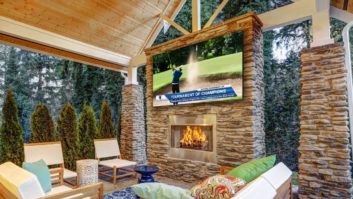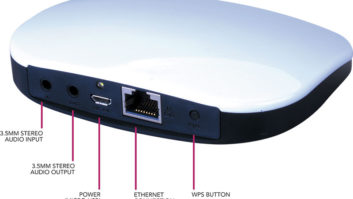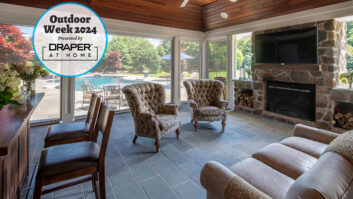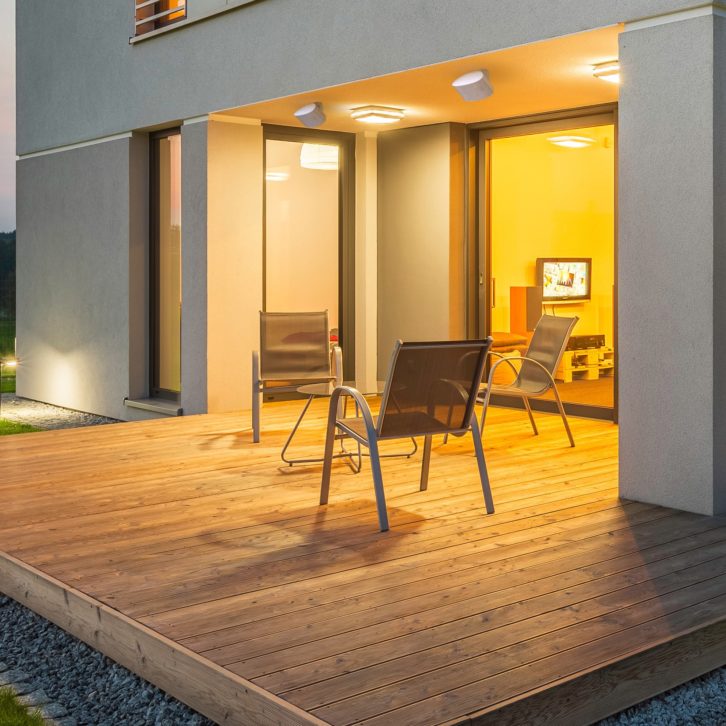
Last year ushered in a renewed focus on home projects, especially in outdoor AV as families looked for ways to create memories in their own backyard following travel bans. And now that homeowners have a taste for the outdoor AV experience, that demand is robust. This is an outstanding opportunity for integrators to expand this segment of their business. However, there are a few key aspects of outdoor installations that are essential in order to create satisfying AV experiences.
Also from Outdoor AV Week: The Greater Outdoors
Network
A good place to start is by defining the goal of any outdoor installation, which is to make the outside experience as similar as possible to the indoor experience. There should be a natural transition when moving from the living room or kitchen to the patio or deck. And while this seems simple enough, it’s actually difficult to achieve due to environmental factors. Therefore, it’s imperative that integrators truly understand their clients’ priorities and deliver a thoughtful design that accounts for every single technological element, especially the “invisible” ones working behind the scenes. And when it comes to these invisible technologies, one of the most commonly overlooked is Wi-Fi.
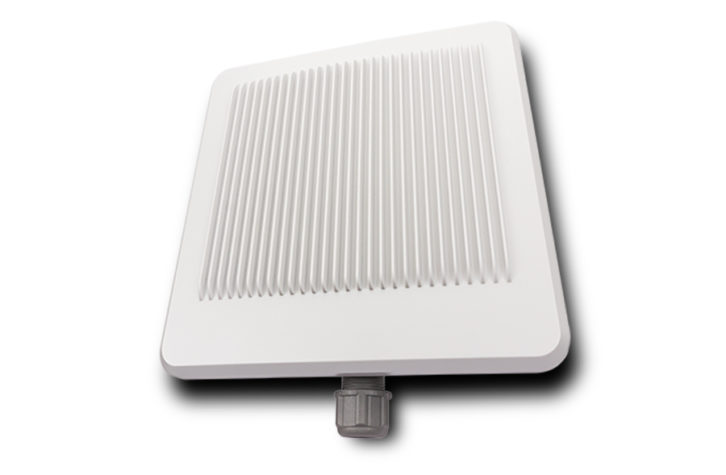
If an outdoor project calls for networking, integrators must ensure strong coverage in all areas their clients will be using. Although their indoor wireless access points (AP) may have a signal that reaches to the patio, it may not be strong enough or extend to other areas like the pool or bocce ball court. It’s best practice to incorporate one or more APs outside — and they must be designed specifically for outdoor use — to provide the coverage needed. Not only are outdoor APs built to handle harsher outdoor environments, but they also have different antenna designs. Indoor APs need to provide coverage in all directions, so they are typically located near the center of the home and feature omni-directional antennas. Outdoor APs are usually mounted on exterior walls and only need to provide coverage in front of them. Their antennas coverage is cone shaped, which allows the signal to be aimed at a particular zone.
Displays
Of course, harsh environmental conditions are a key consideration when selecting other components as well, as they will need to exhibit the same reliability as their indoor counterparts. This is especially important in installations featuring displays. Only displays purpose-built for outdoor use should be utilized, as they have different screen coatings than indoor displays and offer greater protection against heat and humidity. This need for robustness against the elements extends to display mounts as well. Select a display mount rated for outdoor use. Features to look for include galvanized steel, outdoor primer, outdoor-rated paint, UV-resistant plastics, minimized weld points, and stainless-steel hardware. In addition, wind-resistant mounts should be tested to ensure an optimal visual experience under stress.
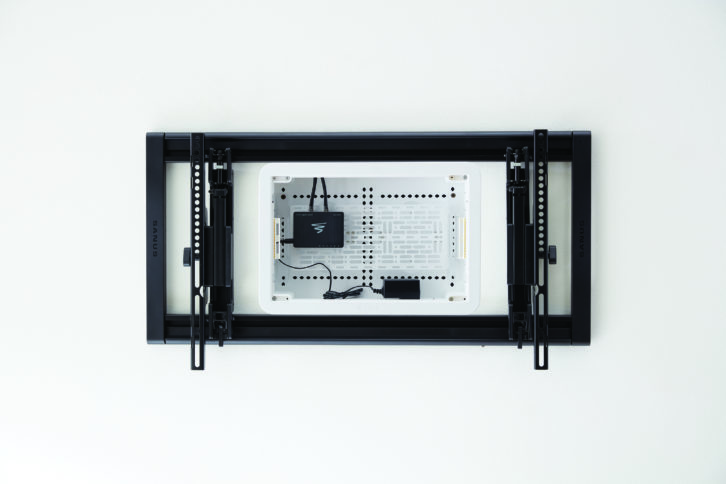
Speakers
One of the trickier aspects of outdoor installations is sound dispersion, because, without walls or ceilings to contain it, sound behaves quite differently outdoors than it does indoors. The goal is to evenly distribute audio without having to blare it in one area in order to reach another. Instead of using wall-mounted speakers — which tend to blast sound over an area, much to the annoyance of neighbors — utilize strategically placed, in-ground satellite speakers, in combination with an in-ground subwoofer. Landscape speaker kits are an ideal solution, as they will provide both in one convenient bundle. However, it’s important to note that the lack of walls outside means that it takes significantly more power to reproduce the indoor sound experience. So look for kits with more speakers — featuring larger drivers — and more powerful subwoofers. And due to their proximity to the ground, they should be IP-67 rated and meet the MIL 810 specification for corrosion. This is also true for the type of cabling needed for the speakers, gage of the wire and direct burial cabling is a design factor when looking at the distance to be run that will support the power at the speakers.

Lighting
A great way to top off the outdoor AV experience is with lighting, which is key to setting the mood for any occasion — from entertaining to relaxing. But for integrators who haven’t worked with outdoor lighting before, it’s not something to go into blindly. There’s a steep learning curve involved in delivering a proper design, which is beyond the scope of this article. Until integrators have developed an understanding of the dynamics, it’s best to work with an experienced lighting designer.
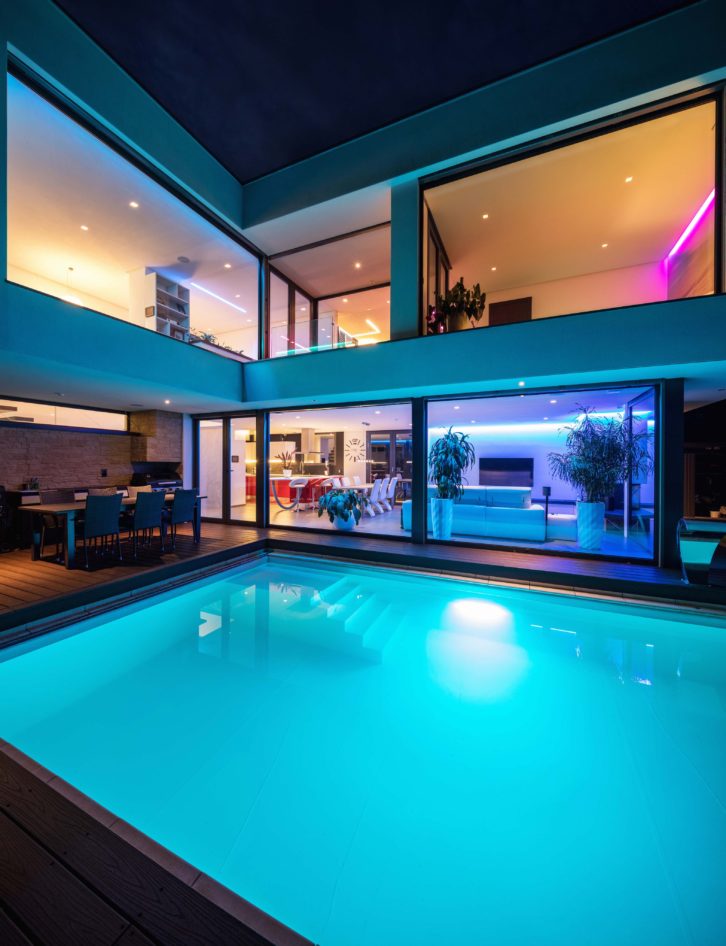
Lighting Control
Fortunately, outdoor lighting control is much more straightforward. Today’s advanced lighting control systems are simple to program and allow for the easy creation of automated schedules and timers. And they couldn’t be more intuitive for homeowners to use. Not only can these systems provide full control over fixtures and landscape lights on keypads, touchscreens, and mobile devices, but some can even integrate with shading and AV systems to create one-touch scene presets, allowing homeowners to set the mood in their outdoor spaces with the touch of a button.
Future-Ready
A final consideration for integrators making the move into the great outdoors involves infrastructure. Like indoor projects, outdoor installations tend to evolve over time, whether it’s extending audio to additional areas or adding lighting and displays. To accommodate system expansion — without having to rip up sod or walkways — it’s best to leave easy wiring upgrade paths for future use. For the initial project, this means pulling more wiring and conduit than integrators think they’ll need to more areas than they think will be utilized. By doing so, they leave themselves in a great position to quickly and easily handle future growth to deliver the ultimate outdoor experience for their clients.
For more information, visit https://www.legrand.us.

